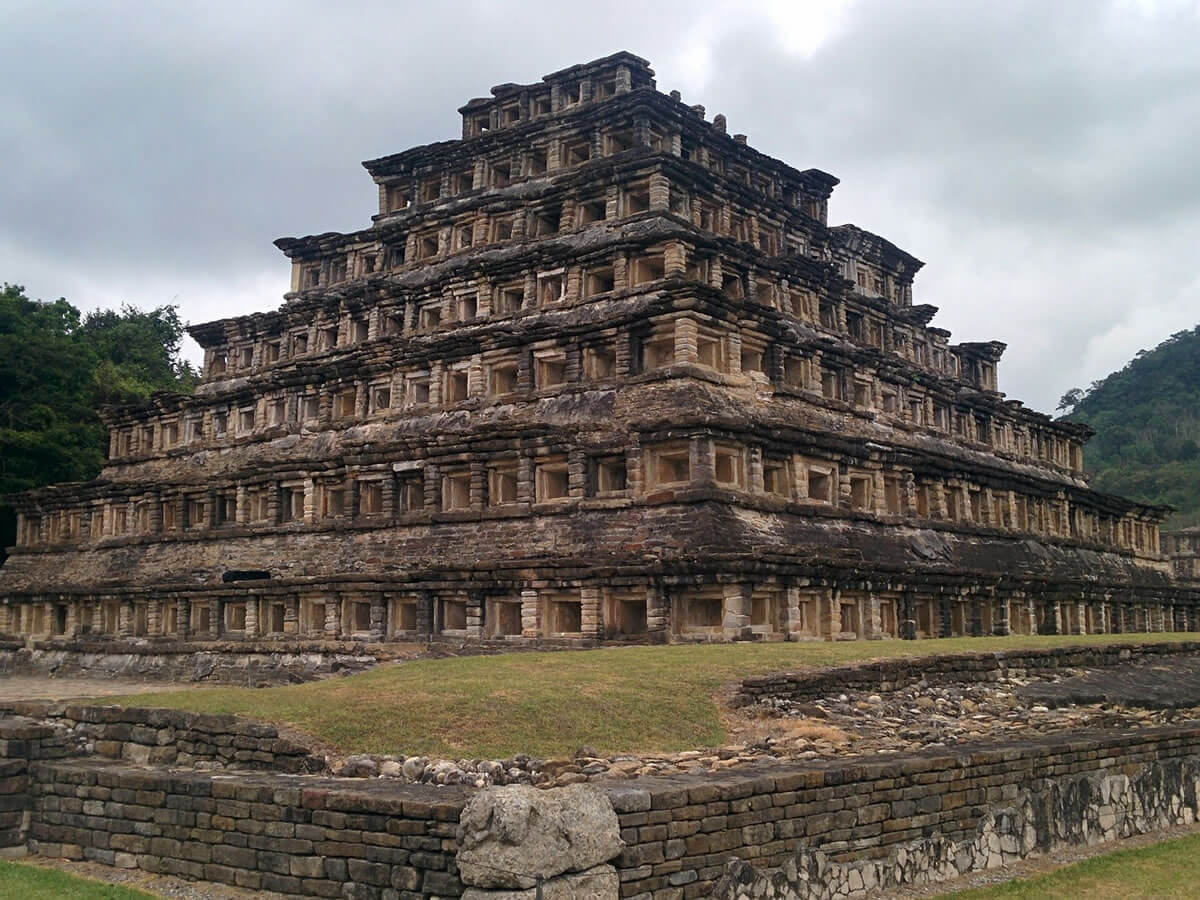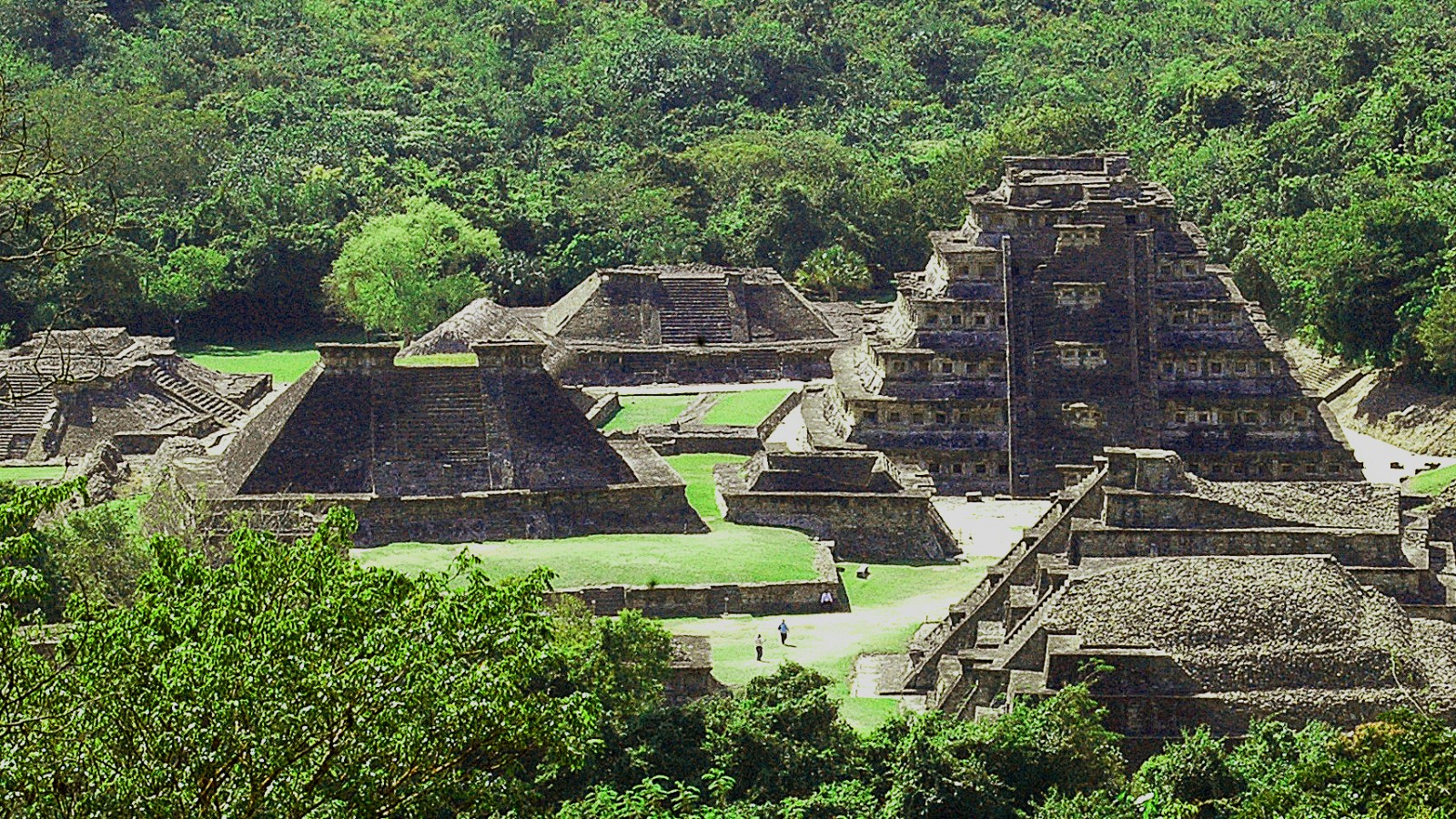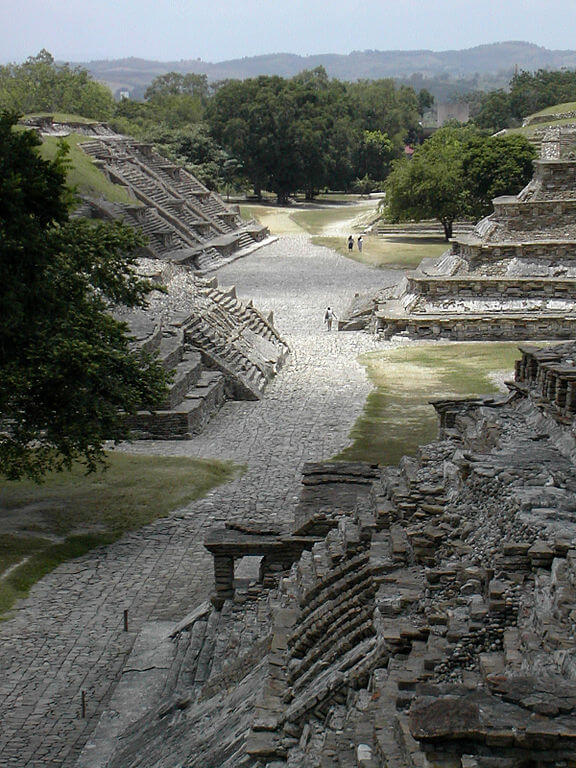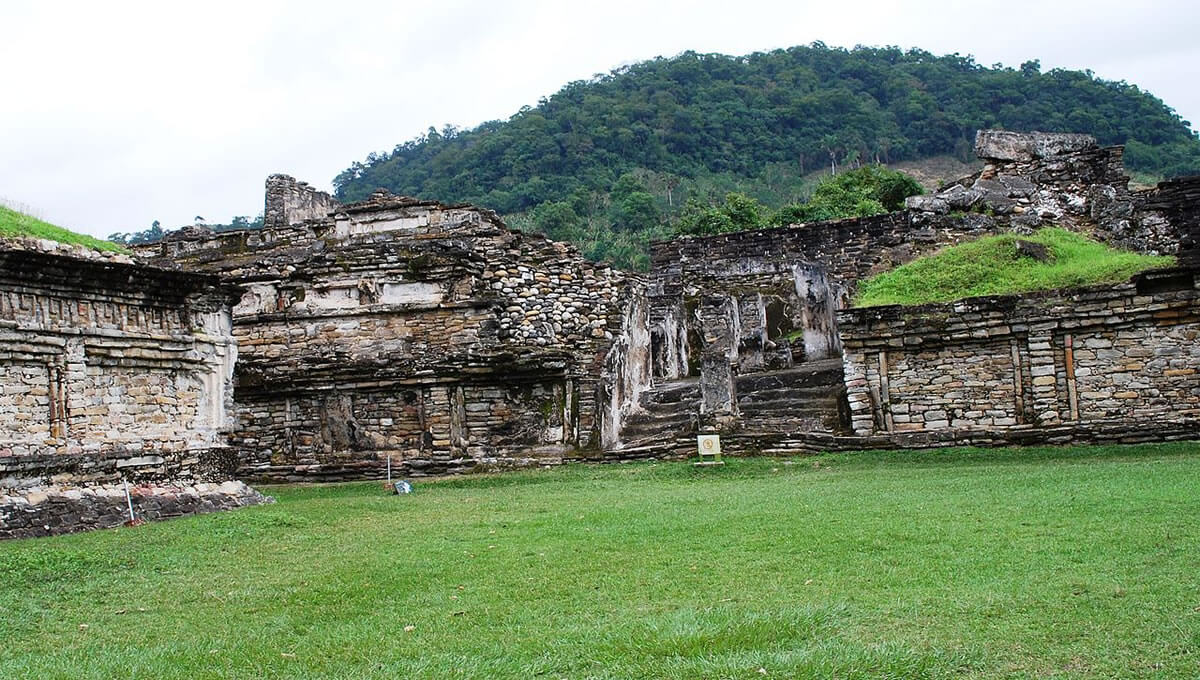El Tajín is one of the most significant archaeological sites of pre-Columbian Mesoamerica, offering fascinating insights into the vibrant civilization that flourished in the Classic Veracruz culture. Located in southern Mexico, this remarkable site once stood as a thriving metropolis between 600 and 1200 AD, and its rediscovery in the 18th century unveiled a treasure trove of ancient architecture, art, and history.
The Rise of El Tajín: The Heart of Classic Veracruz
El Tajín was a major cultural and political hub during the Classic Mesoamerican period, representing the zenith of the Totonac civilization. Situated in the modern-day Veracruz state, the city reached its peak around 600 AD, becoming a focal point for commerce, culture, and religious life. The city’s layout and architecture reflect the sophisticated planning and advanced engineering of its time, showcasing large-scale buildings, pyramids, and ceremonial centers.

One of the most iconic structures at El Tajín is the Pyramid of the Niches, known for its distinctive design. This pyramid, with its 365 niches, is believed to have had astronomical and religious significance, possibly correlating with the solar calendar and marking seasonal events or ritual cycles. The site also includes vast ballcourts, which were used for the Mesoamerican ballgame, a sacred sport that symbolized the battle between day and night, life and death. This game had deep religious implications, linking it to the cycles of nature and the gods.
A City Built on Trade and Religion
El Tajín’s prosperity was deeply rooted in its role as a commercial and cultural center. It sat along important trade routes, enabling the exchange of goods such as feathers, jade, cacao, and ceramics with other regions of Mesoamerica. This influx of wealth supported the construction of monumental architecture and allowed for the flourishing of art, including finely crafted ceramics and murals that depict gods, rulers, and sacred rituals.

Religion played a central role in the lives of El Tajín’s inhabitants. The site is dotted with temples, altars, and other ceremonial structures dedicated to various gods, particularly those associated with agriculture, rain, and fertility. The grandiosity of the buildings and the scale of religious ceremonies reflect the city’s devotion to its deities and the integration of spirituality into daily life.
The Decline and Abandonment of El Tajín
By 1230 AD, El Tajín had fallen into decline and was eventually abandoned. The reasons behind the city’s collapse remain a subject of scholarly debate. Some historians point to environmental factors, such as resource depletion or changes in climate, while others speculate that internal conflict or external invasions led to the city’s downfall. Regardless of the cause, El Tajín, like many ancient cities, succumbed to the forces of time, leaving behind only ruins that would remain forgotten for centuries.

Rediscovery and Modern Significance
El Tajín remained lost to history for more than 500 years until its rediscovery in 1785. While the city had been abandoned by the time European explorers arrived in the Americas, the Pyramid of the Niches was inadvertently stumbled upon by José de la Fuente, a government inspector. His discovery marked the beginning of El Tajín’s journey back into the world’s historical consciousness.

Since then, the site has been subject to extensive archaeological study, unearthing the complex and rich cultural heritage of El Tajín. In 1992, the site was designated a UNESCO World Heritage Site, further cementing its importance to both Mexico and the global community. Today, El Tajín stands as a symbol of the ingenuity and cultural achievement of the ancient peoples of Mesoamerica, offering valuable insights into their way of life, beliefs, and societal organization.
El Tajín Today: A Living Monument
Today, El Tajín is not only a major tourist attraction but also an active site of archaeological research. The Pyramid of the Niches remains the centerpiece of the site, with its intricate carvings and structure continuing to captivate visitors and researchers alike. The site is regularly used for cultural festivals, including the El Tajín Festival of Music and Dance, which celebrates the ancient traditions and cultural legacy of the Totonac people.

The site’s rich history, architectural grandeur, and cultural significance make it an indispensable part of Mesoamerican heritage. By continuing to preserve and study El Tajín, we gain a deeper understanding of the civilizations that once inhabited this region and their contributions to the wider world.
Conclusion: El Tajín’s Legacy
El Tajín is a testament to the brilliance of the Totonac civilization and remains one of the most important archaeological sites in Mexico. Its rediscovery has illuminated the complex interplay of trade, religion, and culture that shaped the ancient world. As scholars continue to explore its ruins and new discoveries emerge, El Tajín will undoubtedly remain a focal point for understanding the rich and diverse history of Mesoamerica.

